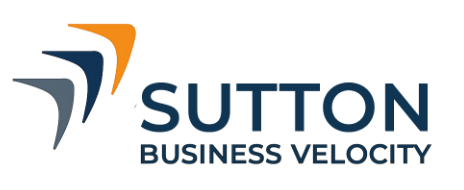When a customer interacts with your company, they don’t only experience the product or service in front of them. They also feel the effects of how your employees are supported, rewarded, and structured. A compensation plan is not confined to payroll and benefits administration. It sets expectations for how employees approach their work, how they collaborate, and ultimately how customers perceive your brand.
Compensation plans, in this sense, speak to customers even when leadership does not. The signals may be subtle, but they shape impressions that can either reinforce trust or create quiet doubts.
How Pay Signals Priorities
The structure of pay directly influences what employees focus on. If compensation heavily rewards speed, customers may see quick turnaround but occasionally encounter rushed interactions. If it prioritizes precision, customers might appreciate the care taken but notice longer wait times.
Neither approach is inherently better than the other. The key lies in whether the outcomes reflect the company’s intended message. For example, a business that emphasizes high-touch service but ties pay primarily to volume could create mixed signals for customers. Pay design must align with the company’s promise to those it serves.
Benefits Reflect Organizational Values
While benefits may seem like an internal matter, customers sense their impact too. Comprehensive health coverage, flexible scheduling, and strong retirement options reduce employee stress and turnover. This stability translates into calmer service, greater patience, and consistent expertise in customer interactions.
On the other hand, limited or confusing benefits can increase strain on employees. Even when staff members remain professional, customers may pick up on subtle tension. The overall experience becomes less about the product and more about navigating strained exchanges. Benefits, then, are another voice in the ongoing conversation between company and customer.
Job Design Shapes Customer Experience
Job design, the way responsibilities, decision rights, and workflows are structured, also communicates priorities. A frontline employee empowered to resolve issues quickly shows customers that efficiency and respect for their time matter. A rigid hierarchy where every request must travel up the chain can suggest caution, but also conveys distance.
Customers often notice whether employees feel confident and trusted in their roles. Job design affects this confidence. When roles are thoughtfully structured, customers sense employees working with purpose. When roles are fragmented or conflicting, customers may encounter hesitation, repeated explanations, or slow resolution.
Alignment Between Internal and External Messages
The most important element is alignment. If a company claims to value empathy but rewards only transaction speed, customers feel the contradiction. Similarly, if leadership highlights teamwork but bonuses focus strictly on individual performance, the inconsistency shows up in fragmented service.
Consistency between compensation structures and customer promises reassures clients that the organization truly means what it says. That reassurance is not achieved through slogans or campaigns but through the everyday behaviors that compensation systems reinforce.
Why This Connection Matters
Customers are perceptive. They may not know the details of pay ranges or benefits packages, but they experience their effects in the quality of service, the tone of conversations, and the reliability of delivery. When companies align compensation, benefits, and job design with the customer experience they want to create, the results are more authentic and sustainable.
A compensation plan, in other words, is part of the brand. It frames the behaviors customers encounter long before any marketing message or leadership statement reaches them. Companies that recognize this connection are better positioned to earn trust in ways that last.
At Sutton Business Velocity, we help organizations think strategically about total rewards so every detail like pay, benefits, and job design reinforces the message they want customers to hear. Let’s make sure your compensation plan supports the brand story you intend to tell.

